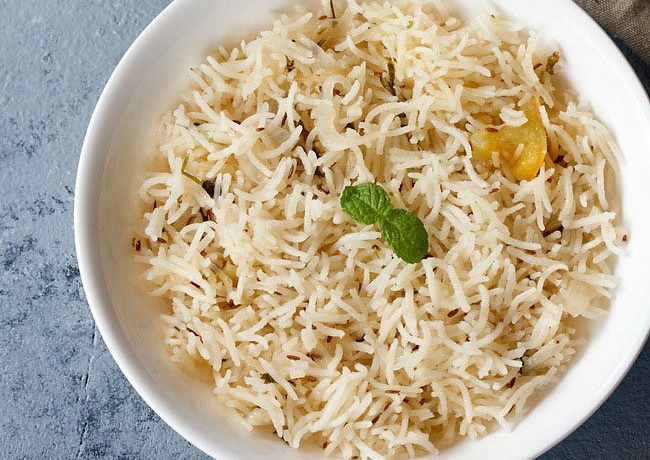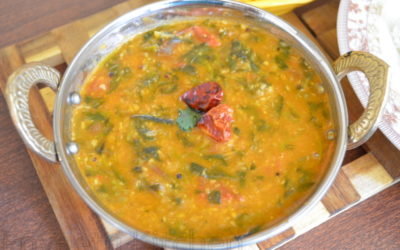In common parlance, kushka food is akin to the eponymous biryani, yet vastly different from it. Biryani is the invader’s import into the potpourri now called Indian cuisine and fairly recent compared to kushka rice defined in the 60,000 years old Indian cuisine text, the Bhagashastra. However, in current day culinary books and restaurants, kushka rice has become synonymous with biryani, the aromatic rice served mostly in South Indian restaurants. Kushka dishes are prepared in an excited and fun way. In the original text of the Bhagashastra, it is eaten using curd, milk, sugar, lemon and the like. Kushka rice cannot be combined with such dishes as dal soup, rasam or kootu which is either tangy or spicy or bitter.
Preparation
Kushka, is a rice dish made with spices, aromatic rice such as the basmati, or small rice such as jasmine or jeera variety and ghee. A present day Kushka is a lunch dish, primarily served with kurma or korma and very popular in Southern India. The spices and condiments used in it could include cardamom, cinnamon, bay leaves, coriander and mint leaves, apart from ghee, ginger, onions. The dish retains the white color of rice even with the light seasoning of spices.
In the Bhagashastra, the Kushka rice dishes uses simpler and authentic ingredients for aroma. For e.g. a recipe described below uses actual fragrant flowers such as the jasmine in the rice preparation, rather than the flavored rice used in modern day recipes.
Kushka rice dishes have to be cooked in such a way that each grain must be separate and not become a solid mass or mushy. The grains should not stick to the finger. The process, as you will notice from the recipes below, requires patience, as they are long, tedious and need a lot of care in their preparation.
Sameli Kushka

- ¼ padi Jasmine Flower
- ½ padi Water
- ½ padi Small Rice
- ½ padi Water
1. Select a good variety of Pink jasmine or Winter jasmine. After it flowers remove the green stem.
2. Divide the flower into 4 equal parts and tie it in a muslin cloth separately.
3. Take the water in a vessel and heat it. Tie a piece of cloth on the mouth portion of Bogini (a pot like vessel which has small mouth at the top and wider middle portion so that when it is used for cooking the vapour does not escape easily from the mouth and the item gets
cooked quickly and evenly).
4. Place the first batch of muslin cloth on the bogini which has the flower and pour 2 ladles of boiling water on it by turning the cloth in all directions. Repeat the process for the rest of the three flower batches.
5. Then keep this fragrant water covered separately.
6. Then wash and clean the small rice with water. Filter the water completely.
7. Take the water in a vessel that can hold 2 padis of water and heat it. When it starts to boil, put the cleaned rice, stir it and close it with a lid.
8. When the rice has half cooked pour the clean fragrant water to the rice and stir it.
9. Tie a clean and white cloth on the mouth of the vessel in which the rice is cooking. Then cover using a vessel or a plate on the cloth so that no water vapour escapes from the vessel.
10. After 2 or 3 minutes place the vessel on a stove which does not have smoke for sometime.
11. When it is ready take it out and serve.





0 Comments